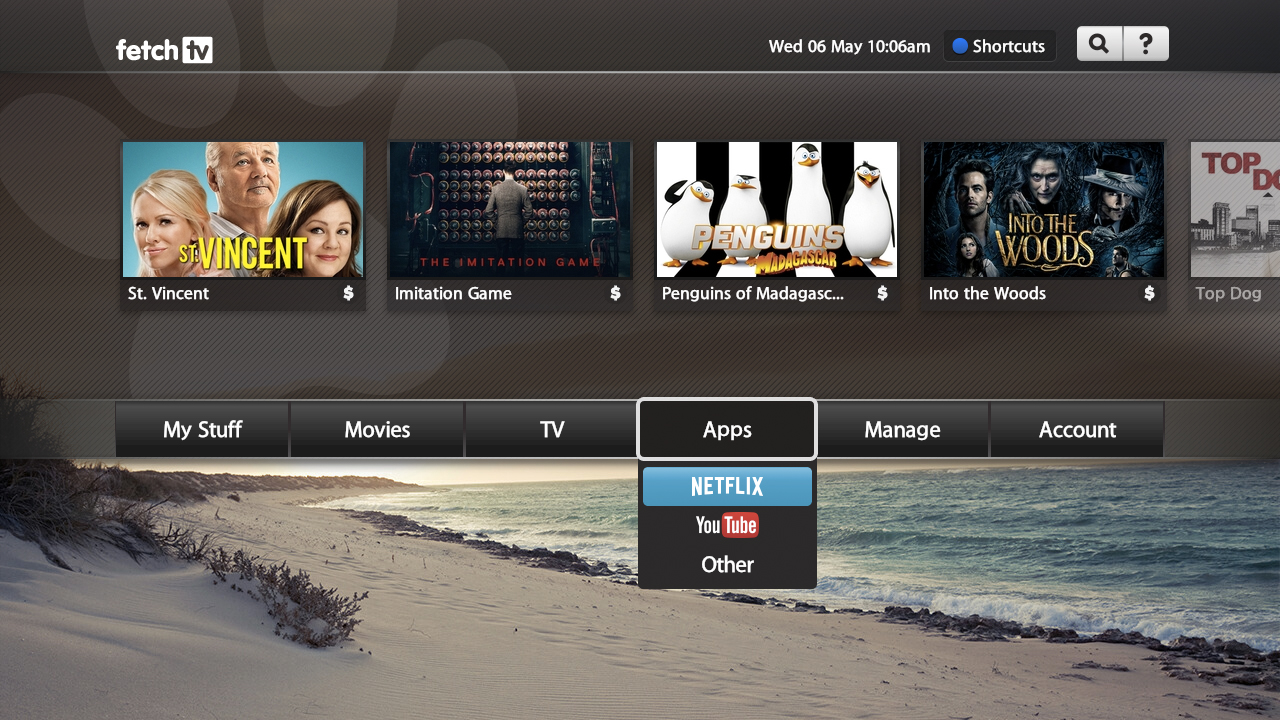Fetch TV rides Netflix's coat-tails
Fetch TV to Crack 250,000 users soon thanks to the integration of Netflix

When alternative cable-tv provider Fetch TV, decided to integrate a Netflix app into its set-top-box earlier in the year, the company wasn't expecting the streaming giant to do quite as well as it has.
Nor was Fetch TV expecting that, as a direct result, it would pick up over 30,000 new users in the two months following Netflix's local launch in March.
"The sign-up rate and usage of Netflix on Fetch TV has exceeded even our most optimistic forecasts," Fetch TV CEO, Scott Lorson, told IF.
"Fetch TV now has well over 200,000 subscribers and is on track to exceed 250,000 by the end of the financial year."
A Fetch-ing business model
Malaysian company Astro Overseas Limited, the majority stakeholder in Fetch TV, has recently increased its share holdings from 45% to 75% after converting its debt holdings into shares, according to AFR. The company is now reported to be free of debt and turning over a profit, after years of losses.
Fetch TV took three years to acquire its first 100,000 customers and then 14 months to sign up the next 50,000, but the last 50,000 have flocked to the service in the last three months.
Not all of this can be solely attributed to Netflix. The alternative cable-TV provider has partnered with Harvey Norman, Dodo and a number of smaller ISPs in the past year, to fortify hardware sales and expand its distribution network.
Get daily insight, inspiration and deals in your inbox
Sign up for breaking news, reviews, opinion, top tech deals, and more.
Fetch TV also recently completely overhauled its entertainment package and has achieved good sign-up rates through the broadband-subscription and Fetch TV bundles that are offered by its partner ISPs, according to Lorson.
- Check out the Fetch TV review
- You might also like the Netflix review

Joel Burgess is one of the Senior Writers on the TechRadar Australia team with over 9 years experience testing and reviewing laptops, gadgets and kitchen accessories from coffee machines to pizza ovens. Joel is the Australian PC Awards expert panellist for systems and laptops and is a permanent columnist and reviewer for Australia's leading PC magazine APC.